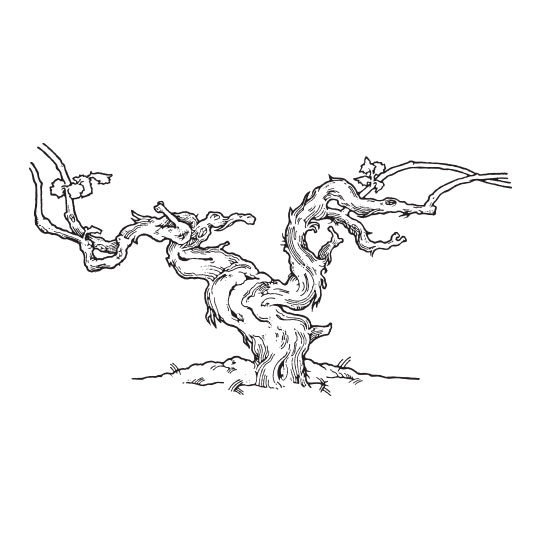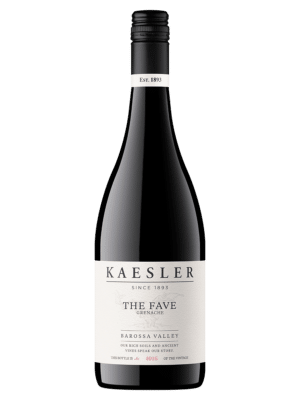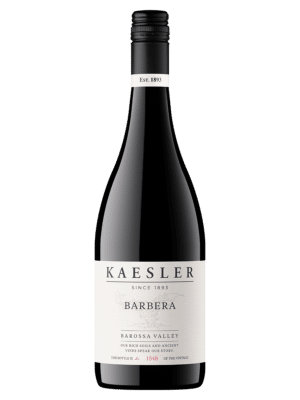The Kaesler Viognier is better known as our winemakers ‘Love Child’. Sourced from a single site in Nuriootpa planted in 2009, this special white variety has become an obsession for the winemakers and our customers.
| | Member Login
2024 Kaesler Love Child Viognier
$55.00
APPEARANCE: Pale straw.
BOUQUET: Aromas of honeysuckle and white-fleshed stone fruit fill the glass, with hints of apricot marmalade and a touch of gunflint.
PALATE: Rich and creamy on the palate, with layers of ripe peach and apricot. Generous in flavour, lifted by a touch of spicy cinnamon, while subtle French oak lingers softly in the background.
FOOD MATCH: Seafood: Pan-seared scallops, grilled lobster, or prawn risotto – the wine’s creamy palate complements the sweetness of shellfish. Poultry: Roast chicken with thyme and lemon, or duck breast with an apricot glaze – playing to the stonefruit notes. Asian-inspired dishes: Thai green curry, Vietnamese lemongrass chicken, or miso-glazed salmon – the wine’s weight and spice-friendly nature work well here. Cheese: Soft, creamy styles like triple cream brie or a lightly washed rind cheese. Vegetarian: Roasted pumpkin with sage and pine nuts, or grilled eggplant with tahini and dukkah.
GRAPE VARIETY: Viognier
REGION: Barossa Valley
VINTAGE CONDITIONS: The 2024 Barossa Valley vintage contrasted sharply with the late, challenging 2023 season. Winter and spring were significantly dry, with only 74% of typical annual rainfall by year-end. Vines faced early stress, with budburst in September, three weeks earlier than 2023 and warm temperatures accelerating growth. Frosty spring nights damaged some vineyards, impacting yields. Conditions improved with rain and cooler weather in December and January, supporting vine health as they reached the ripening phase. A hot February quickened ripening, leading to an early harvest. Yields varied from 50% to 90% of normal, yet quality across all varieties is exceptional.
ALCOHOL: 13.5%
A dry winter and spring impacted yields, with the block hit by frost in September. Hand-harvested at first light by the Kaesler viticulture and winemaking team, the grapes were whole-bunch pressed. The juice was settled for 48 hours before being racked to French oak puncheon and barrique. Wild fermentation took place over 20 days, after which the wine spent nine months on yeast lees, stirred weekly to build complexity. Natural malolactic fermentation occurred during this time. Bottled mid-January 2025.






